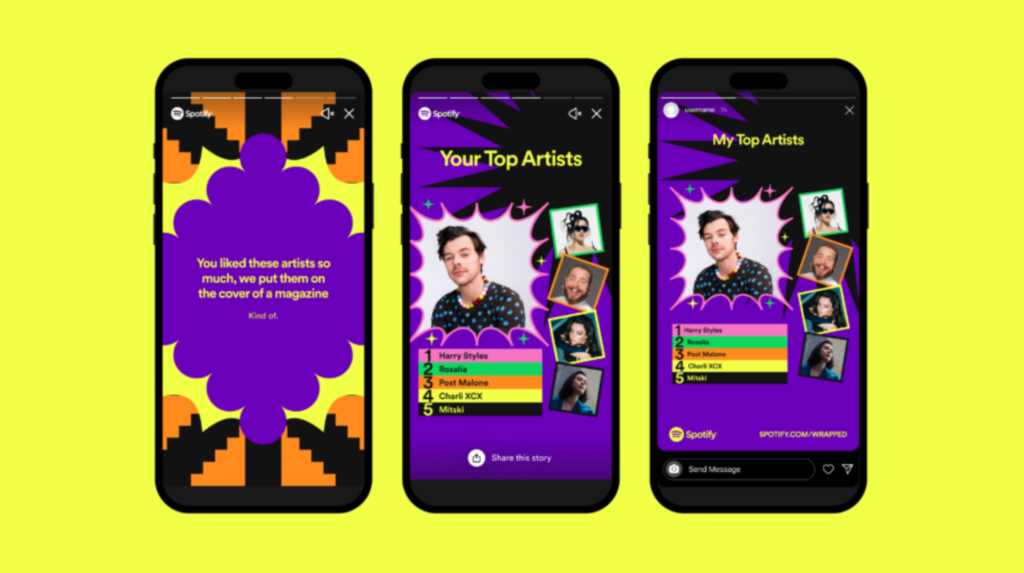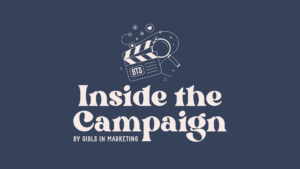Who’s excited for their Spotify Wrapped this year?
Spotify launched Wrapped in 2017, since then Spotify listeners have looked forward to learning more about (and sharing) their listening habits at the end of the year.
In 2021, Spotify reported 120 million listeners engaged with Wrapped – that’s 30 million more listeners than 2020.
Whilst Spotify Wrapped is fascinating and lots of fun, it definitely showcases the power of personalisation in marketing.
Spotify Wrapped
Spotify released Wrapped in 2017 as a successor of their ‘Year in Music’ campaign, intending to create FOMO (fear of missing out).
Wrapped leverages app data to bring their customers a personalised summary of what they’ve been listening to throughout the year. It usually includes a user’s 5 favoured artists, most listened to songs, their favourite genres, and top podcasts (if any).
This changed the game for Spotify!
Every year users can’t wait to see and share their Wrapped leaving non-users feeling like they’re missing out. It created a domino effect drawing new users to download the app, use it for longer, and get their custom Wrapped at the end of the year.
Having new graphics, and colour combinations year on year makes Wrapped feel that bit more exclusive – once you’ve missed it, it’s gone! But Wrapped hasn’t changed too much over the years, Spotify knew it worked and they’ve stuck with it.
And, Spotify ensures their content is responsive and easy to share with the click of a button to generate an insane amount of user generated content (UGC).

Here’s what we can learn from Spotify Wrapped –
- Don’t sleep on UGC
- Make your content shareable
- Give your audience something to talk about
- Social media is key
Each year, Wrapped gets bigger and bigger with more users joining the party.
In 2022, Wrapped saw percentage increases in the total number of posts, engagements, potential impressions, and unique authors making it the best year yet. There were more than an estimated 425 million tweets about Wrapped in the first 3 days after launch.
Whether you’re a Spotify user or not, there’s no denying that they know their stuff when it comes to personalised marketing.
Now we’ve taken a look at Spotify Wrapped, let’s dive into personalisation in marketing and its benefits.
What is personalisation in marketing?
Personalisation in marketing is a strategy that harnesses consumer data to create content tailored to their interests, demographics, and purchasing habits.
This marketing strategy makes consumers feel understood and allows them to develop a deeper connection to your brand.
Coca Cola’s ‘Share a Coke’ is one the best examples of personalised marketing. There’s no doubt that Coca Cola is behind some brilliant marketing campaigns, but this is definitely one of our favourites!
Back in 2014, Coca Cola kicked off a trend in personalisation with an innovative new idea – one that is still having significant impacts on marketing best practices today.
The ‘Share a Coke’ campaign originally launched in Australia using 150 of the country’s most popular names.
The campaign procured a huge response and sold over 250 million named bottles in a nation of just under 23 million people. Coca Cola also noted a 7% increase in young adult consumption – the audience they wanted to reach with the campaign in the first place.
Knowing it had so much potential, Coca Cola took the ‘Share a Coke’ campaign to 70 countries worldwide resulting in a 2% global increase in sales.
This memorable campaign is one we haven’t forgotten and had an astounding impact on Coca Cola’s brand perception and sales.

If you want to hear more about Coca Cola’s ‘Share a Coke’ campaign, as well as all things PR then check out this episode of The Girls in Marketing Podcast with PR expert Rachel Allison.
Olivia sits down with Rachel, founder of PR Agency, Axe & Saw. They chat about what PR actually is, working in the PR industry, the difference between marketing and PR, and so much more!
What does personalisation in marketing look like?
Personalisation in marketing looks different for every brand as it’s dependent on your product and consumers.
Ahead of the second season of hit show Stranger Things in 2017, Netflix used personalisation to lure viewers in.
Netflix used tags and viewer data to personalise its service. Its algorithm applied tags to Stranger Things so they could see how different people relate to and see the show. Whilst some of us saw Stranger Things under ‘Mysteries’ or ‘Thrillers’ others would see it under ‘Sci-Fi and Fantasy’.
When we’re looking for something to watch, a film or shows imagery is important. If it’s eye-catching and intrigues us we’re more likely to want to know more and maybe press play.
Netflix tailors how our recommendations look based on our watch history, likes, and interests. For Stranger Things, Netflix created a variety of images to appeal to viewers depending on their preferences. For example, those who like documentaries were more likely to be shown an image of Chief Jim Hopper (David Harbour) in his Sheriff’s uniform.
According to research released by Nielsen in 2017, each episode of Stranger Things season 2 attracted over 4 million viewers. Whilst the premier episode racked up an estimated 15.8 million viewers in just three days.
In 2022, Netflix spent an eye-watering $16.7 billion on content, but you don’t need to have a big budget to personalise your marketing. In fact, the top 5 actions consumers want when it comes to personalisation are:
- Easier on and offline navigation
- Personalised product or service recommendations
- Tailored messages
- Relevant promotions
- Milestone celebrations (birthdays, anniversaries etc)
Here are some cost-effective, attainable ways to personalise your marketing –
- Customer loyalty programmes
- Recommendations based on purchase and / or search history
- Add name personalisation to email content and send to relevant segments
- Customisable products or services (e.g. quizzes on beauty websites to find the perfect product and / or routine)
- Welcome back pop-up or messages on landing pages
Personalised marketing doesn’t have to cost a lot to make your consumers feel valued, it’s the little things that matter most.
What are the benefits of personalisation in marketing?
Developing a personalised marketing strategy may take time, but it has a ton of benefits –
- You create a more satisfying customer experience as consumers feel seen and heard
- Increases customer loyalty and retention by building a deeper connection with consumers whose experience feels unique to them
- Encourages UGC and word of mouth that can lead to wider reach and brand visibility
- Makes your brand and its community feel special and stand out attracting new consumers who want to be apart of what you’ve created
What’s your take on personalisation in marketing? We think it’s one to watch out for in 2024.




